Best Ad Blockers for iOS: Clean Browsing with Style
In the age of immersive digital experiences, browsing the internet should feel like a curated journey, not a cluttered scramble through banners, pop-ups, and autoplay videos. For iPhone and iPad users especially, a seamless, elegant, and private browsing experience is not just a want, it’s a need. That’s where ad blockers come in.
This article explores the best ad blockers for iOS, their role in enhancing digital well-being, and how to choose one that aligns with your values and digital lifestyle.
Why Ad Blockers on iOS Matter
With Apple leading the charge in privacy-first design, iOS users are more aware than ever of data protection, user control, and digital clutter. Yet even within the Safari browser or apps like YouTube, unwanted ads often creep in, consuming data, interrupting reading flow, and sometimes even carrying tracking mechanisms.
Ad blockers help reclaim control over what you see, reduce distractions, and preserve your attention for what truly matters, whether you’re reading an article about contemporary art or exploring a new podcast on urban design.
The Cultural Dimension of Blocking Ads
Using an ad blocker isn’t just a technical choice, it’s a cultural one. As users, we send signals to developers, publishers, and advertisers about the kind of internet we want to support. A clean, ethical, and user-centric internet.
For organizations like Cultural Partners, which value responsible content sharing and inclusive digital access, the use of ad blockers is part of a broader digital hygiene philosophy. It’s not about avoiding content, it’s about respecting the reader’s time and mental space.
What Makes a Great iOS Ad Blocker?
When choosing an ad blocker for iOS, consider the following:
- Privacy-first approach: Does the app track your activity? Does it sell your data?
- Customizability: Can you whitelist certain sites or block specific elements?
- Speed optimization: Does it actually improve browsing speed by blocking trackers and ad scripts?
- Ease of use: Can non-tech-savvy users benefit without manual configuration?
- Compatibility: Does it integrate with Safari and other iOS apps effectively?
Below are some of the top contenders that strike a balance between design, function, and user-centric features.
1. AdLock – Powerful, Private, and Elegant

AdLock is a standout ad blocker for iOS users who want both deep protection and an intuitive experience. More than just a Safari content blocker, it also supports system-wide ad blocking, including ads in apps and games (where possible).
Why we recommend it:
- Blocks all types of ads: banners, video ads, pop-ups, redirects.
- Includes anti-tracking and anti-malware protection.
- Does not collect user data.
- Lightweight and doesn’t drain battery.
- Easy setup even for non-tech users.
If you’re looking for a comprehensive ad blocker for iOS that works quietly in the background while you explore creative or educational content, AdLock is an excellent choice.
2. 1Blocker – Elegant Design for iOS Purists
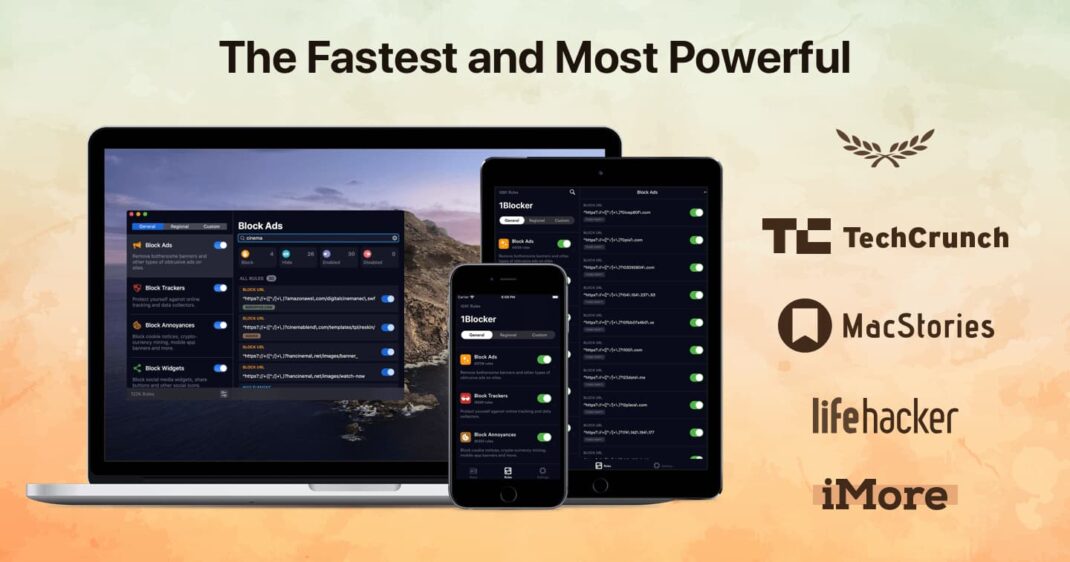
1Blocker is designed specifically for iOS and macOS, and it shows. With a slick interface and modular blocking rules, it’s perfect for users who want to fine-tune their browsing experience.
Highlights:
- Works seamlessly with Safari.
- Customizable blocklists (ads, trackers, cookies, widgets, etc.).
- Cloud-based sync between Apple devices.
- Doesn’t use VPN or proxy, respecting user privacy.
While the free version offers basic protection, the premium unlocks full customization. A great pick for users who value aesthetics and control.
3. Wipr – Simplicity at Its Best
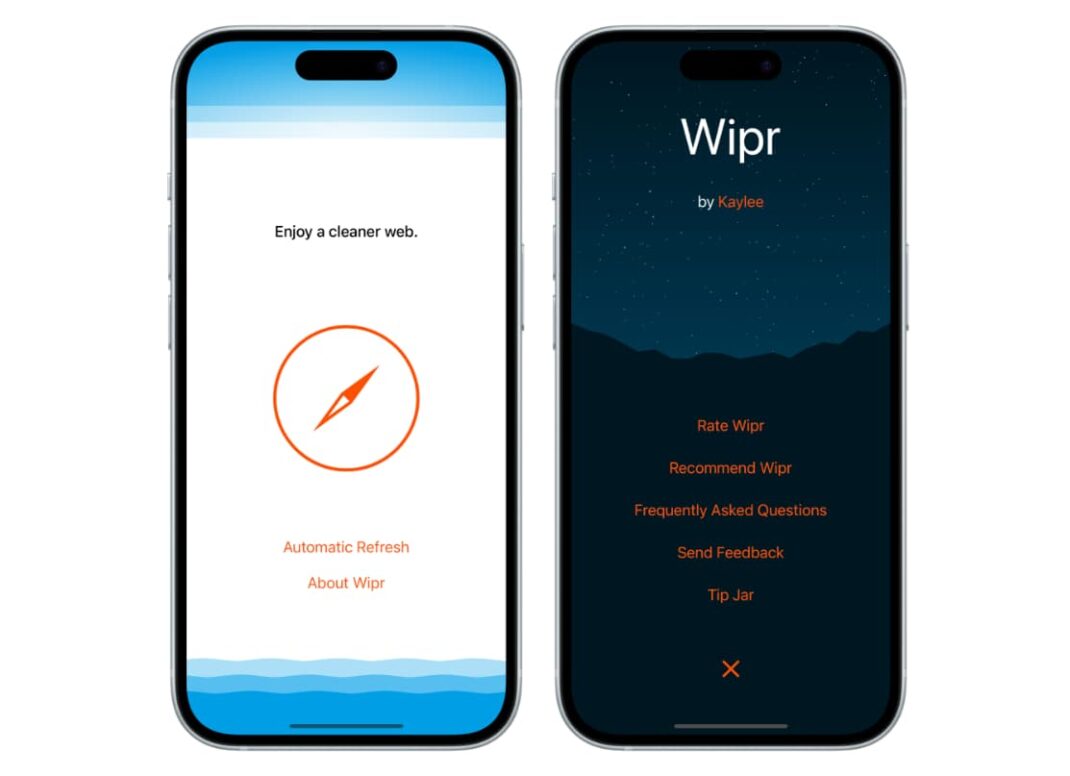
Wipr lives up to its name: it wipes ads and trackers without requiring configuration. It’s for the set-it-and-forget-it crowd who don’t want to mess with settings but still want fast, clean browsing.
Pros:
- Lightweight and automatic.
- Daily updated filters.
- No user tracking.
- Very affordable one-time cost.
It integrates natively with Safari and doesn’t affect device performance, making it ideal for casual iPhone users.
4. Firefox Focus – More Than a Browser
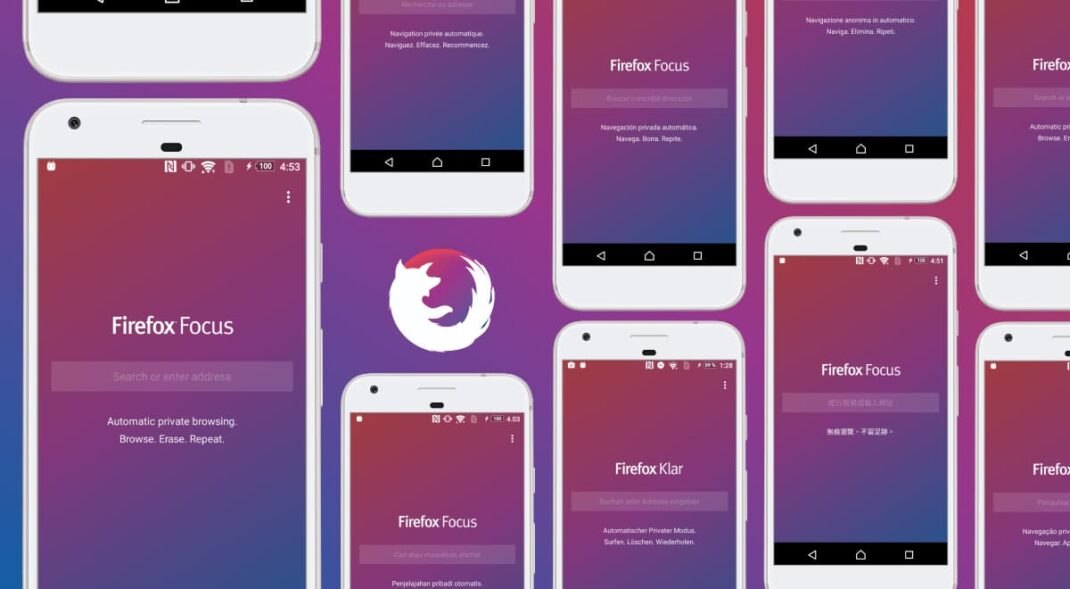
Firefox Focus is technically a browser rather than a blocker, but it automatically blocks ads and trackers by default. For users who occasionally browse sensitive topics or simply want minimal distractions, it’s a must-have.
Key features:
- Built-in ad and analytics blocking.
- Automatically erases history after each session.
- Clean, minimal interface.
- Maintained by Mozilla, a non-profit championing the open internet.
A solid secondary browser for focused reading and private sessions.
5. Ka-Block! – Free and Open Source
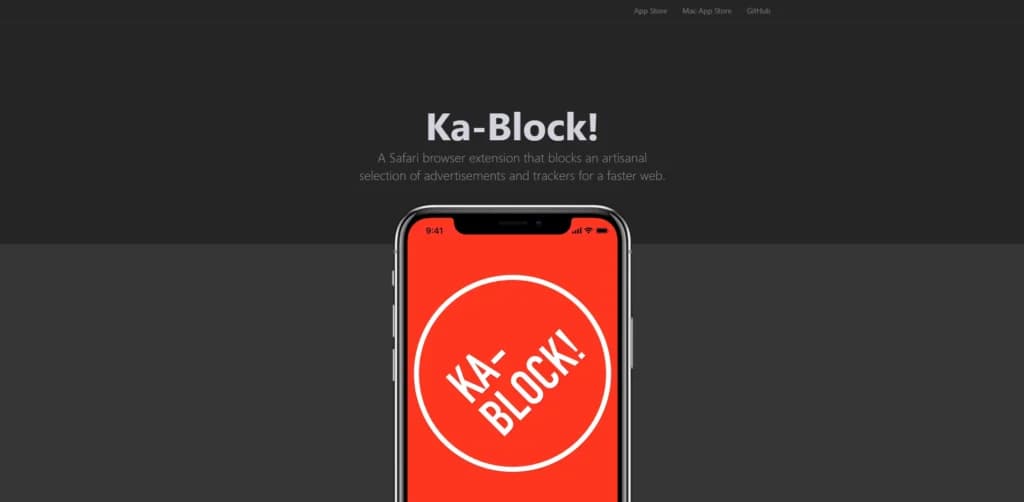
Ka-Block! is another Safari content blocker that’s open-source and community-driven. While not as feature-rich as commercial tools, it’s a great, lightweight option.
Advantages:
- Open-source transparency.
- Frequent updates.
- No tracking or telemetry.
- Works quietly in Safari.
Perfect for users who prefer open tools with no commercial agenda.
6. AdGuard – Versatile and Powerful
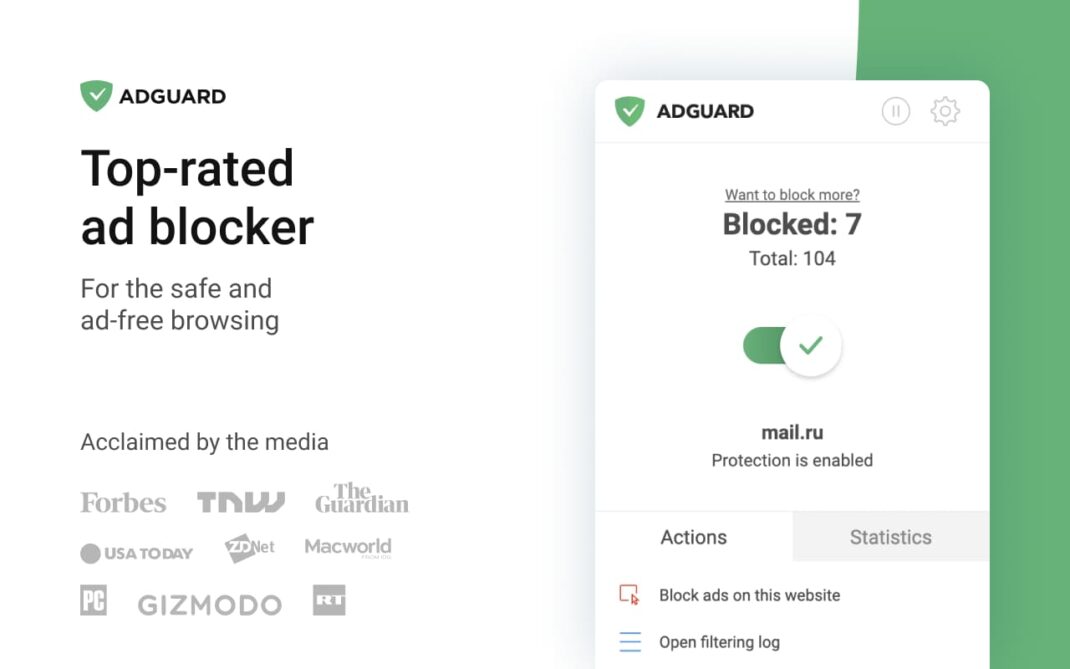
AdGuard offers a more advanced suite of protection for users who want system-wide ad blocking. It uses a VPN-based method (on-device) to block ads even beyond Safari, including in apps.
Features:
- Blocks ads and trackers in apps, Safari, and even games.
- Parental control tools.
- DNS filtering options.
- Advanced configuration options.
Note: the app uses la ocal VPN to operate, but doesn’t send data externally, ensuring privacy.
The Ethical Debate: To Block or Not to Block?
While ad blockers improve user experience, they also impact content creators who rely on ads for revenue. That’s why many blockers allow whitelisting, you can support your favorite cultural blog or nonprofit magazine by allowing ads there.
When using a blocker like AdLock or 1Blocker, we encourage readers to whitelist independent or ad-respectful sites aligned with your values.
Performance Gains: What to Expect
A good ad blocker does more than remove banners. Here’s what users typically experience:
- Up to 50% faster page loads on mobile data.
- Significant battery savings during long reading sessions.
- Less data usage, especially on media-heavy websites.
- Reduced cognitive fatigue from visual clutter.
For researchers, students, and professionals exploring academic or cultural resources online, these gains are invaluable.
How to Set Up an Ad Blocker on iOS
Most blockers (like AdLock or 1Blocker) follow the same basic steps:
- Download the app from the App Store.
- Go to Settings → Safari → Extensions.
- Enable the blocker you installed.
- Optional: open the app and configure filters (tracking, social buttons, adult content, etc.).
- Enjoy clean, focused browsing.
Some blockers, like AdGuard, will also require enabling a local VPN in settings.
Final Thoughts: Style Meets Substance
Ad blockers for iOS aren’t just functional tools, they’re a statement. They affirm that we care about quality digital experiences, about protecting our attention, and about navigating the web on our terms.
Whether you’re a museum educator researching grant opportunities or a documentary filmmaker scouting venues, a clean interface matters, and with ethical tools like ad blocker for iOS, that clean, focused experience is easier than ever to achieve.
Quick Comparison Table
| App | Blocks Ads in Safari | Blocks Ads in Apps | Privacy Friendly | Custom Filters | Cost |
| AdLock | ✅ | ✅ | ✅ | ✅ | Freemium |
| 1Blocker | ✅ | ❌ | ✅ | ✅ | Freemium |
| Wipr | ✅ | ❌ | ✅ | ❌ | Paid |
| Ka-Block! | ✅ | ❌ | ✅ | ❌ | Free |
| AdGuard | ✅ | ✅ | ✅ | ✅ | Paid |
| Firefox Focus | ✅ (Built-in) | ❌ | ✅ | ❌ | Free |
Looking Ahead: The Future of Clean Browsing
As digital environments evolve, the need for user-centric, ethical, and unobtrusive technologies will only grow. Tools like ad blockers are no longer “add-ons”, they’re foundational to respectful digital engagement.
And for communities like Cultural Partners that advocate for inclusion, access, and smart technology, clean browsing is not just about convenience. It’s about digital dignity.

